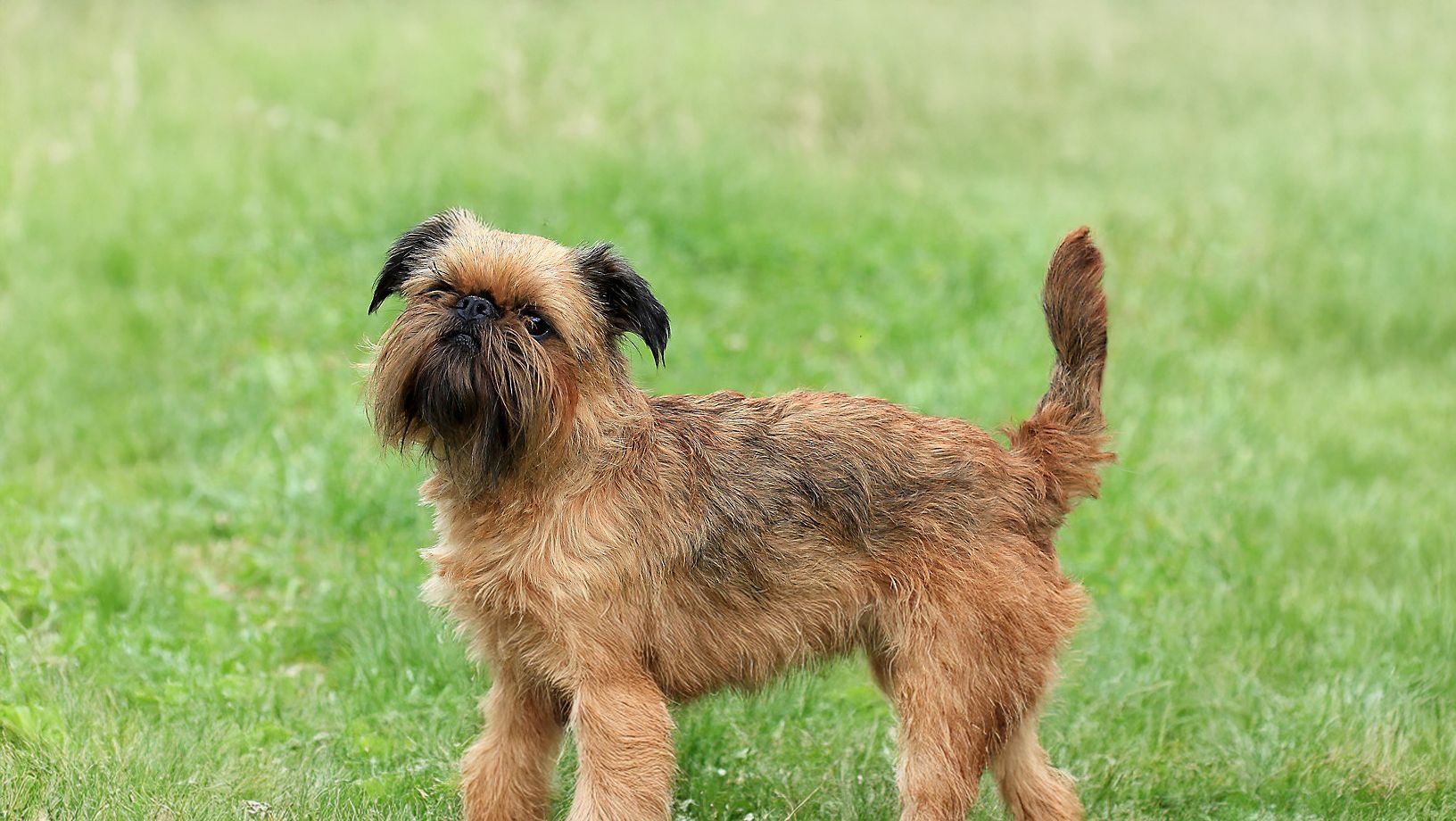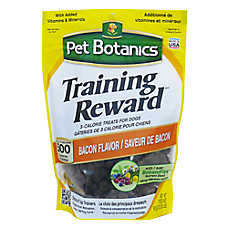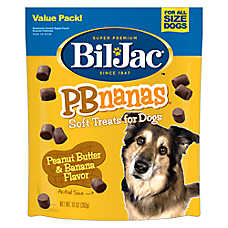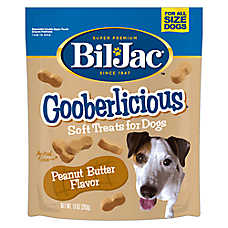How to Train My Dog to “Come Here” When Cued

In this Article
How to Train My Dog to “Come Here” When Called
The recall cue, most commonly known as the “come here” cue, is an incredibly important behavior that dogs need to know for their own safety and wellbeing. Sometimes training your dog to “come here” does not get them as excited as they might be when you say other things like “walk” or “food.” This is because training a dog is all about positive reinforcement, making sure they know something good is waiting for them when they follow your direction.
So how can you train your dog to “come here” and why is it so important? Keep reading to find out.
Why is “Come Here” Such an Important Cue?
Recall training is one of the most important cues for you and your dog to learn and practice.It’s more than just convenient for your dog to come to you right when you ask. It can be incredibly useful for keeping them safe and out of harm's way. For example, if your dog is out for a walk and they happen to get loose or get away from you, the recall cue can keep them from running out into the street or getting lost.
Another great example of why training your dog to “come here” is so important is in situations when they are surrounded by unfamiliar places, people, or even other animals. If you have a pup that gets excited in new situations, the recall cue, when well understood, can help your dog remain next to you as they navigate new territories.
Things to Remember Prior to Training:
- Be Consistent. Consistency is essential to making sure your dog learns a reliable recall cue. When training your dog to “come here” you should always use the same word or cue, always use the same tone of voice, and be consistent in your efforts to teach them. If you don’t like the word “come” you can use other phrases like “here,” “side,” or “return.” Whatever you choose, stick to it or you might end up confusing your dog.
- Be Positive. If you are in a real-life situation where you need to use a recall cue, you need to remember to use a positive tone. If your dog believes you are angry at them or they are in trouble, they might be less likely to follow your directions.
- Positive Reinforcement. Positive reinforcement is your best friend when teaching your dog new tricks. Dogs are more likely to remember and retain cues and directions that are followed by a reward like a training treatand words of praise.
- Be Patient. Cues can often take time to teach and for your pup to learn, it’s important that you remain patient with them as they learn something new.
Steps to Perfecting the Recall:
1. Use Rewards
As we just learned, positive reinforcement is an important tool for training your dog to “come here” when cued. In practice, rewards should be used consistently, especially in the beginning. Start with only the verbal cue. If you are saying “come” start by repeating that phrase to your pup and giving them a training treat each time you say it to them.
This helps teach your dog that the phrase “come” is a positive one that they can feel happy about. Soon, your dog should get the picture and know that “come” means they get attention and treats!
Do this drill five times a day, but no more than that, and try not to use the cue between your practice sessions. If your dog hears the direction too often and doesn’t yet understand it, the training can sometimes take longer.
2. Use A Leash
First, make sure your dog has a collar or harness on. Training with a collar and leash can help your dog understand that they are still connected to you and need to remain close by. Next, allow your dog to explore further away from you while still attached to the leash. After your dog is relatively distanced from you, tell your dog to come and continue to use positive reinforcement with treats. You should use multiple treats and feed them to your dog as a reward one at a time, then release them. Each time, change up how many treats/rewards you give your dog, so they learn to stick around for the possibility of “more” until released.
3. Practice, Practice, Practice
Up until now, you have been doing your training with your dog sitting beside you. Now you can start adding some distance. Say your dog’s name then the call word. If you need to, take a few steps backward as your dog approaches. Most dogs are more willing to come to you if you are moving away from them.
If your dog comes to you, give them the treat and praise them. You don’t have to spend a full 20 seconds praising them anymore; just go all-out a few times a week so your dog keeps a strong association between the cue and lots of attention.
Don’t get frustrated by this last step, it may take a while. As you continue to practice, be wise. If you’re in a situation where your dog is too distracted to come to you, avoid using the cue and go get your dog instead.
Other Important Cues:
Once your dog has mastered how to “come here” when called, then you can teach them other cues and tricks using similar practices. Some other great cues to start with include:
Stay. The opposite of training your puppy to “come here” is to teach them to stay. Start small by praising them when they stay still for even a moment, then gradually introduce a greater distance between you and them – and don't forget to praise them as they improve.
Sit/Stand. Sitting and standing can be great cues for structuring how your dog moves in their environment. When teaching these cues, reward your pup as soon as their butt touches the floor or when they raise up off the floor, even for a second, to show them that it is a good action.
All of these cues can be fun to teach and show off how intelligent your four-legged friend is, but also keep them protected as they navigate environments by your side. It’s important to remember to never take your dog off of their leash outside of your home until you are positive they have reliably learned these important cues.
Need dog supplies to support the training of your four-legged best friend? PetSmart has training and behavior options to make your job easier including clicker training, puppy potty training supplies, dog training collars/leashes, and more. PetSmart also offers PetSmart Training, allowing you to enroll your dog in a variety of classes that we offer.
PetSmart also offers convenient shopping with curbside or in-store pickup. Need something today? We have select items available for same-day delivery in most areas powered by DoorDash. For items you purchase frequently, PetSmart has Autoship that automatically delivers the items you want to your door as often as you’d like. Check the website to see which items are eligible.
Information in this article is not intended to diagnose, treat or cure your pet and is not a substitute for veterinary care provided by a licensed veterinarian. For any medical or health-related advice concerning the care and treatment of your pet, contact your veterinarian.


